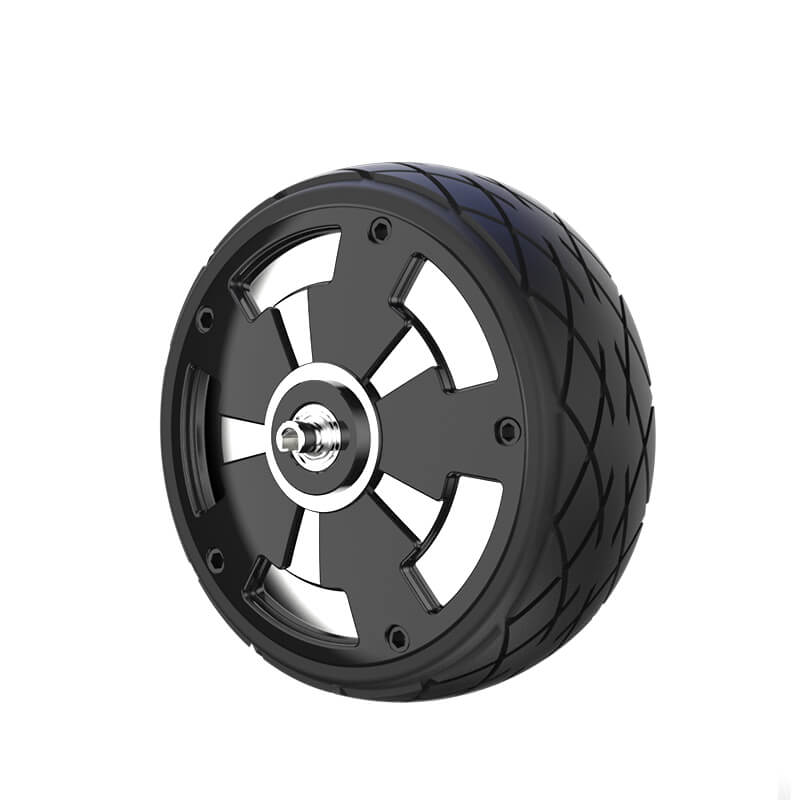Ever tried piecing together the perfect drone setup and found yourself stuck on the motor size chart? It’s a bit like choosing the right shoes — you don’t want them to pinch, but you also don’t want them to flop around when you’re flying. It’s one of those moments where you realize, hey, specs actually matter. Because if your motor isn’t the right size, that whole flight experience can turn into a shaky rollercoaster ride.

How do you even start? Well, take a look at that chart. It’s more than just numbers — it’s like a secret map guiding you to the sweet spot for your drone. Small motors might seem cute, but don’t let that fool you. They’re perfect for lightweight racing drones, where speed is king, but they might lag behind in delivering the punch needed for hauling heavier gear.
On the flip side, bigger motors can give you that extra torque you need to carry a camera or some fancy payload. But then, you need to consider how that bumps up power consumption and affects flight time. Imagine lugging around a big engine on a bicycle — yeah, it’s powerful, but not always practical unless you’re looking for that “heavy-duty” vibe. It’s about matching the motor size to your specific drone build and what you want it to do.
So, what’s the deal with that chart? It usually categorizes motor sizes by dimensions like diameter and height—say, 2205 or 3000KV. Those numbers might look confusing, but they’re telling you about the motor’s capacity to spin fast and generate thrust. If you’re flying freestyle, maybe a motor on the smaller side with higher KV is your jam. But for longer flights with heavier loads, bigger motors with lower KV might be your best pick.
And here’s a little trade secret: not every “bigger is better” story works, especially if your frame isn’t built to handle the added weight or power. The key—matching motor size to your frame, your flying style, and your goals. When you nail that combination, it’s like hitting a perfect note; everything just clicks. You get stable, reliable flights with plenty of punch when needed.
Thinking about upgrading or starting fresh? It’s worth comparing motor charts across brands, but stick to ones that offer detailed specs. Look for torque ratings, KV ratings, and physical dimensions. These tell you so much more than just the visual size. Plus, pay attention to how they mention compatibility with ESCs and batteries. A mismatch there can turn your dream into a nightmare in minutes.
Curious about that whole “size matters” thing? It’s true—your motor size can make or break your drone’s performance. Picking the right one isn’t just about fancy numbers; it’s about understanding what each specs means for your flying experience. Picking the wrong size is like trying to run a marathon in flip-flops—you could, but it’s not going to be pretty or efficient.
At the end of the day, the goal is to fly smoothly, powerfully, and reliably. A well-chosen motor size chart streamlines that process. It’s all about being deliberate. Because in the world of drones, small tweaks can lead to big wins. Happy flying, and don’t forget—sometimes, it’s the little things that turn a good flight into an epic adventure.
Kpower has delivered professional drive system solutions to over 500 enterprise clients globally with products covering various fields such as Smart Home Systems, Automatic Electronics, Robotics, Precision Agriculture, Drones, and Industrial Automation.




































